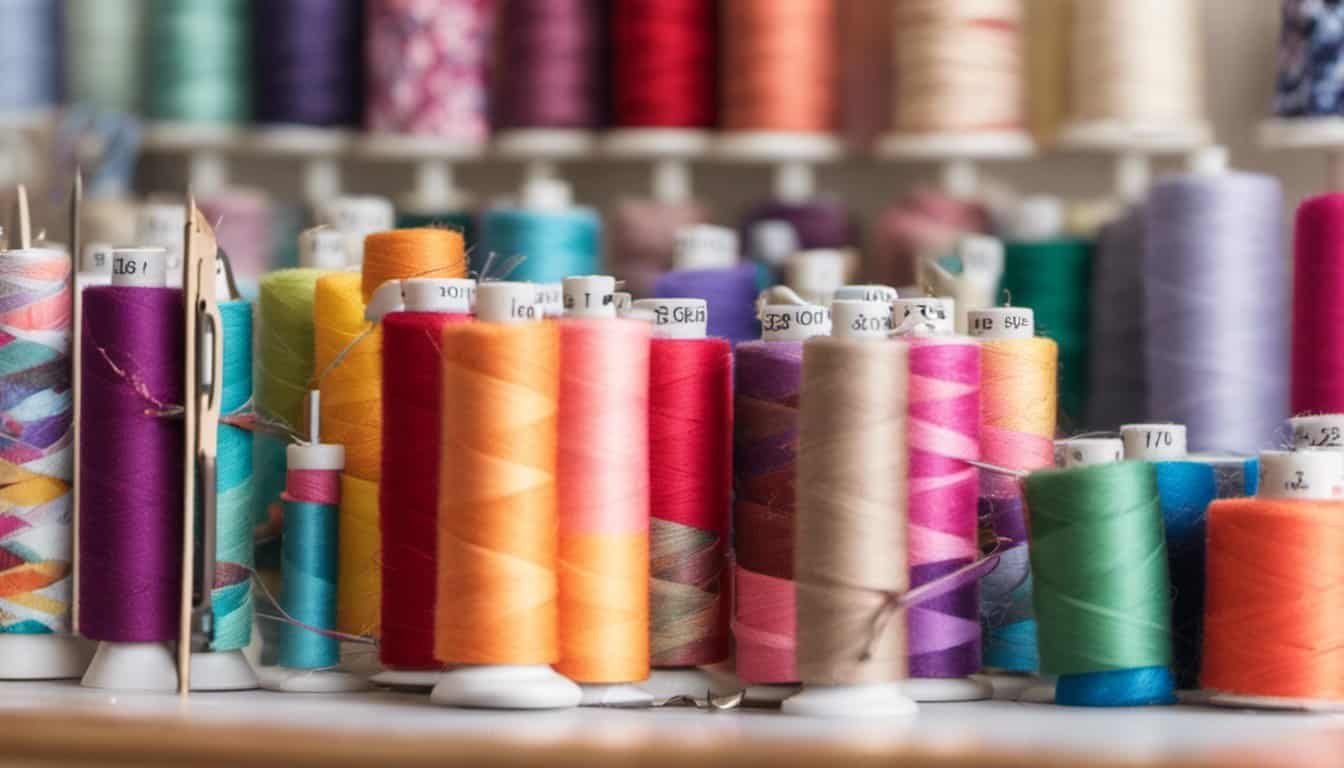There’s something undeniably cozy and stylish about a cowl neck. It adds a touch of elegance to any outfit while keeping you warm and comfortable. Whether you’re a seasoned knitter or just starting out, mastering the cowl neck technique can elevate your crafting game and expand your wardrobe options.
Understanding the Cowl Neck Technique
The cowl neck technique combines style with functionality. This design enhances necklines, offering warmth and versatility in various garments.
What Is the Cowl Neck?
A cowl neck features a loose, draped design that creates a soft, flowing effect around the neck. It varies in depth and width, often making it a focal point of garments like sweaters, dresses, and tops. The technique involves adding extra fabric around the neckline, allowing it to hang gracefully. This slouchy shape provides comfort and elegance, making it perfect for both casual and formal looks.
History and Evolution of the Cowl Neck
The cowl neck has roots in ancient clothing styles, tracing back to classical Roman and medieval times. Initially used in robes and cloaks, it gained popularity for its practicality and aesthetic appeal. Throughout the 20th century, fashion designers embraced the cowl neck for its versatility, incorporating it into high fashion. In the 1960s, cowl necks became widely popular in women’s knitwear, reflecting contemporary trends. Today, it remains a staple in modern fashion, appreciated for its ability to complement varied body types and styles while retaining an air of elegance.
Benefits of the Cowl Neck Technique
The cowl neck technique provides numerous advantages that make it a popular choice among crafters. Its unique features enhance comfort and style, offering various options for creating beautiful and functional garments.
Comfort and Versatility
Cowl necks offer unmatched comfort due to their loose, draped design. This structure allows for easy movement and breathability, making it ideal for both casual and formal occasions. Cowl necks easily adapt to different fabrics, from lightweight cottons to cozy wools, which adds to their versatility. Whether dressing for a chilly day or a night out, cowl necks provide warmth without sacrificing style.
Style and Aesthetic Appeal
Cowl necks elevate the visual appeal of outfits. Their fluid shape draws attention to the neckline, making it a defining feature of any garment. Cowl necks also complement various body types, providing a flattering silhouette that enhances curves while offering a relaxed fit. Designers often use this technique in sweaters, tunics, and dresses, showcasing its ability to add sophistication and elegance to diverse styles.
Materials and Tools for Cowl Neck Projects
Choosing the right materials and tools is crucial for successful cowl neck projects. Here’s a breakdown of what I recommend for crafting stunning cowl neck garments.
Recommended Fabrics
- Lightweight Cotton: Lightweight cotton fabrics provide breathability and comfort, perfect for casual cowl necks suitable in warm weather.
- Knit Fabrics: Knit fabrics like jersey or rayon spandex offer stretch, allowing the cowl neck to drape beautifully while providing ease of movement.
- Wool Blends: Wool blends, such as merino or alpaca, deliver warmth and a luxurious feel, ideal for cozy fall or winter cowl neck garments.
- Fleece: Fleece offers extra warmth and a soft touch, making it an excellent choice for loungewear or layering pieces.
- Silk or Satin: Silk or satin adds a touch of elegance and sophistication, perfect for dressy pieces that require a more refined look.
Essential Tools
- Sewing Machine: A reliable sewing machine simplifies the construction process, handling various fabrics effectively, including knits and wovens.
- Serger: A serger provides professional-quality finishes on seams, especially for knits, and prevents fraying.
- Measuring Tools: Measuring tapes or rulers ensure precision while cutting and sewing fabric pieces.
- Fabric Scissors: Sharp fabric scissors allow for clean cuts, essential for achieving accurate shapes in cowl neck designs.
- Pins and Clips: Using pins or fabric clips secures layers while sewing, preventing shifting during the assembly process.
- Iron and Ironing Board: An iron is crucial for pressing seams and achieving a polished finish, making garments look professional.
With the proper fabrics and tools, crafting a cowl neck becomes a rewarding and enjoyable experience.
Step-by-Step Guide to Mastering the Cowl Neck
Mastering the cowl neck technique involves precise steps and careful preparation. Below, I provide a detailed breakdown to help you create beautiful cowl neck garments.
Preparing Your Pattern
- Select the Pattern: Choose a pattern specifically designed for a cowl neck. Check that it includes all necessary markings, such as grain lines and notches.
- Measure Accurately: Take accurate body measurements to ensure the right fit. Measure bust, waist, and hip, then compare these against the pattern size chart.
- Cut the Fabric: After pre-washing your fabric to prevent shrinkage, lay it flat. Pin the pattern to the fabric, ensuring alignment with the grain line. Cut out the pieces, including both the cowl and garment sections.
- Interface and Stabilize: If the pattern calls for interfacing, apply it to any areas needing extra support. This might include the neckline or shoulder seams, enhancing durability and structure.
Assembling the Cowl Neck
- Sew the Cowl: Begin by sewing the cowl pieces together along the edges. Use a straight stitch for a clean finish. If using a knit fabric, consider a stretch stitch to maintain elasticity.
- Create the Cowl Shape: Fold the cowl in half, right sides together, and stitch along the side seams. This creates a tube that signifies the cowl shape.
- Attach the Cowl to the Garment: With the garment’s neckline ready, pin the cowl’s raw edges to the neckline. Adjust for gathering as needed; the cowl should drape softly.
- Finish the Neckline: Sew around the neckline to secure the cowl. Depending on the fabric, finish the edge with a serger, zigzag stitch, or bias binding to prevent fraying.
- Press and Finalize: Gently press the cowl neck with an iron, ensuring the desired drape. Give attention to the neckline and seams to achieve a polished look.
By following these steps, crafting a stylish cowl neck becomes a straightforward and enjoyable process.
Tips for Perfecting Your Cowl Neck
Perfecting the cowl neck technique enhances style and comfort. Here are some practical tips to create stunning cowl neck garments.
Avoiding Common Mistakes
- Measuring Accurately: Measure your neck and shoulders precisely. Inaccurate measurements can lead to awkward fit issues.
- Choosing the Right Fabric: Opt for suitable fabrics. Lightweight cottons and knits drape well, while stiffer fabrics may not yield the desired softness.
- Understanding Pattern Instructions: Follow pattern instructions closely. Skipping steps or misinterpreting them often leads to construction problems.
- Seam Allowances: Mind your seam allowances. Always include them to avoid tight fits and ensure proper garment assembly.
- Sewing Techniques: Use appropriate sewing techniques, like using a stretch stitch on knit fabrics. Incorrect techniques may cause seams to break or not hold their shape.
- Finishing Techniques: Don’t skip finishing techniques. Properly finished edges avoid fraying and enhance the overall appearance of your cowl neck.
Adjustments for Different Body Types
- Broad Shoulders: For broad shoulders, consider a wider drape for the cowl. This adjustment balances proportions and creates a flattering silhouette.
- Petite Frames: For petite frames, scale down the cowl size and reduce fabric volume to prevent overwhelming your figure.
- Curvy Figures: For curvy figures, opt for a slightly looser cowl. This allows for comfortable movement while accentuating curves without adding bulk.
- Tall Frames: For tall individuals, extend the length of the cowl for an elongated look. Increased fabric length visually complements taller heights.
- Straight Body Shapes: For straight body shapes, incorporating additional draping can add dimension and create a more dynamic silhouette.
By keeping these tips in mind, you can master the art of crafting elegant and comfortable cowl neck garments that fit beautifully.
Conclusion
Mastering the cowl neck technique opens up a world of stylish possibilities. I’ve found it to be a delightful way to elevate my wardrobe while enjoying the cozy comfort these designs offer.

Whether you’re a seasoned crafter or just starting out, the journey of creating cowl neck garments can be incredibly rewarding. With the right materials and a little practice, you’ll soon be able to showcase your unique style.
So grab your fabric and tools, and let your creativity flow. I can’t wait to see what beautiful pieces you create with this timeless technique!

















